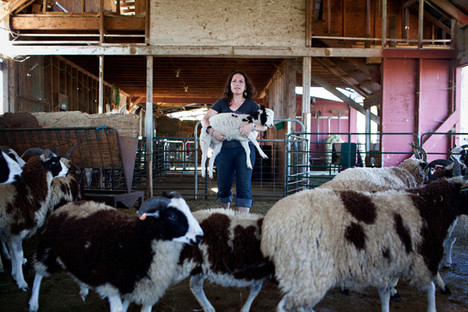(p. 36) The Sun King had dinner each night alone. He chose from forty dishes, served on gold and silver plate. It took a staggering 498 people to prepare each meal. He was rich because he consumed the work of other people, mainly in the form of their services. He was rich because other people did things for him. At that time, the average French family would have prepared and consumed its own meals as well as paid tax to support his servants in the palace. So it is not hard to conclude that Louis XIV was rich because others were poor.
But what about today? Consider that you are an average person, say a woman of 35, living in, for the sake of argument, Paris and earning the median wage, with a working husband and two children. You are far from poor, but in relative terms, you are immeasurably poorer than Louis was. Where he was the richest of the rich in the world’s richest city, you have no servants, no palace, no carriage, no kingdom. As you toil home from work on the crowded Metro, stopping at the shop on the way to buy a ready meal for four, you might be thinking that Louis XIV’s dining arrangements were way beyond your reach. And yet consider this. The cornucopia that greets you as you enter the supermarket dwarfs anything that Louis XIV ever experienced (and it is probably less likely to contain salmonella). You can buy a fresh, frozen, tinned, smoked or pre-prepared meal made with beef, chicken, pork, lamb, fish, prawns, scallops, eggs, potatoes, beans, carrots, cabbage, aubergine, kumquats, celeriac, okra, seven kinds of lettuce, cooked in olive, walnut, sunflower or peanut oil and flavoured with cilantro, turmeric, basil or rosemary . . . You may have no chefs, but you can decide (p. 37) on a whim to choose between scores of nearby bistros, or Italian, Chinese, Japanese or Indian restaurants, in each of which a team of skilled chefs is waiting to serve your family at less than an hour’s notice. Think of this: never before this generation has the average person been able to afford to have somebody else prepare his meals.
You employ no tailor, but you can browse the internet and instantly order from an almost infinite range of excellent, affordable clothes of cotton, silk, linen, wool and nylon made up for you in factories all over Asia. You have no carriage, but you can buy a ticket which will summon the services of a skilled pilot of a budget airline to fly you to one of hundreds of destinations that Louis never dreamed of seeing. You have no woodcutters to bring you logs for the fire, but the operators of gas rigs in Russia are clamouring to bring you clean central heating. You have no wick-trimming footman, but your light switch gives you the instant and brilliant produce of hardworking people at a grid of distant nuclear power stations. You have no runner to send messages, but even now a repairman is climbing a mobile-phone mast somewhere in the world to make sure it is working properly just in case you need to call that cell. You have no private apothecary, but your local pharmacy supplies you with the handiwork of many thousands of chemists, engineers and logistics experts. You have no government ministers, but diligent reporters are even now standing ready to tell you about a film star’s divorce if you will only switch to their channel or log on to their blogs.
My point is that you have far, far more than 498 servants at your immediate beck and call. Of course, unlike the Sun King’s servants, these people work for many other people too, but from your perspective what is the difference? That is the magic that exchange and specialisation have wrought for the human species.
Source:
Ridley, Matt. The Rational Optimist: How Prosperity Evolves. New York: Harper, 2010.
(Note: ellipsis in original.)




